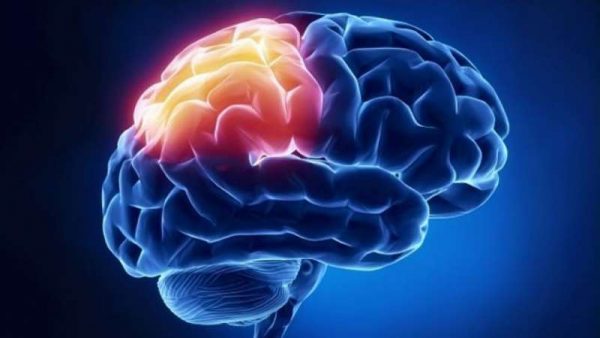Neurons in a brain region called the medial temporal lobe play a key role in our ability to quickly form memories about real-life events and experiences, new research says.
 The findings could lead to development of new therapies to improve the lives of neurological patients with memory impairment, such as in Alzheimer’s disease, traumatic brain injury, or epilepsy.
The findings could lead to development of new therapies to improve the lives of neurological patients with memory impairment, such as in Alzheimer’s disease, traumatic brain injury, or epilepsy.
This is the first study to report in humans how individual brain cells help in the formation of episodic memories – recollection of experiences at a particular place and time.
“It was impressive to see how individual neurons signalled the learning of new contextual associations between people and places and that the changes in firing could occur just after one instance,” said lead study author Matias Ison from University of Leicester in Britain.
“This was also compatible with basic mechanisms underlying episodic memory formation,” Ison said.
The creation of memories about real-life episodes requires rapid neuronal changes that may appear after a single occurrence of an event.
But to date, human studies had not revealed the single-neuron underpinnings of episodic memory formation.
To address this question, the researchers recorded the activity of more than 600 individual neurons using electrodes implanted in the medial temporal lobe of 14 epileptic patients with severe epilepsy.
In the first phase of the experiment, the patients viewed pictures of people, such as family members and famous actors and athletes, and places, such as the Eiffel Tower and the White House.
Then they saw composite images that each contained a previously viewed person and landmark to mimic the experience of meeting an individual at a particular place.
After a single exposure to the composite images, the patients learned the associations between each person and place.
The researchers will next examine why certain related concepts are consolidated into long-term memories while others are forgotten and whether it is possible to later retrieve these learned associations by stimulating the brain.
The study was published in the journal Neuron.